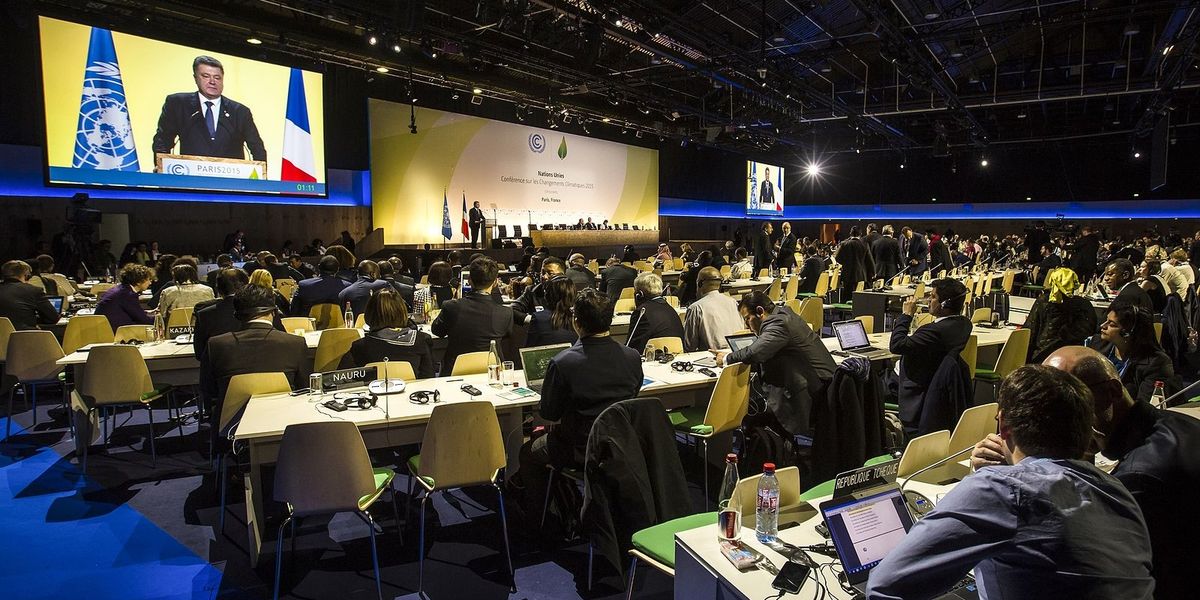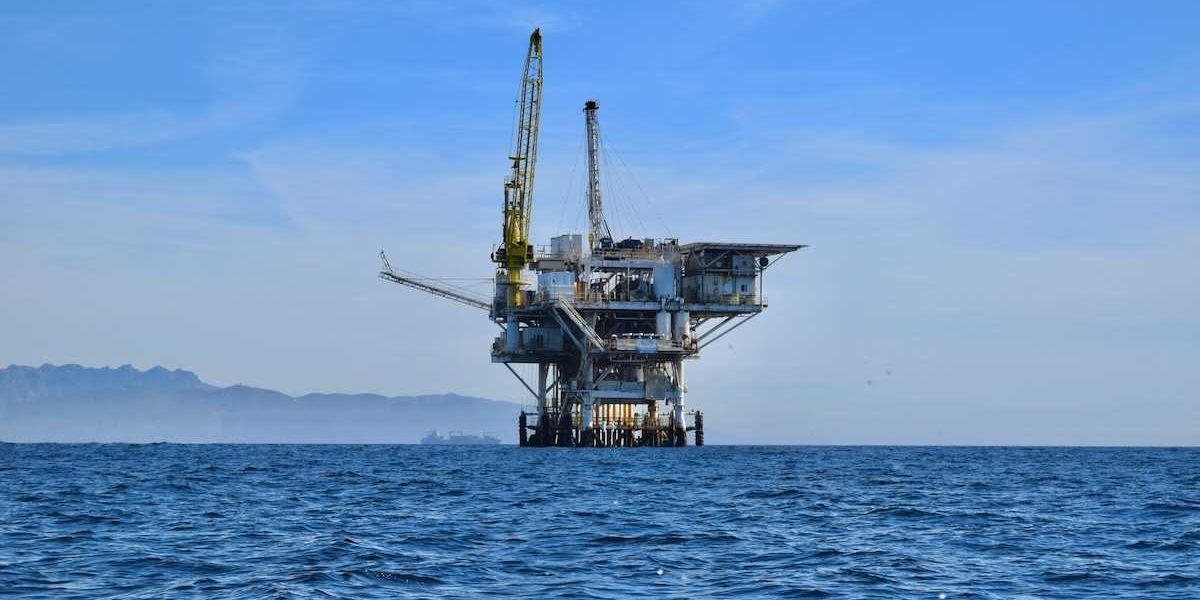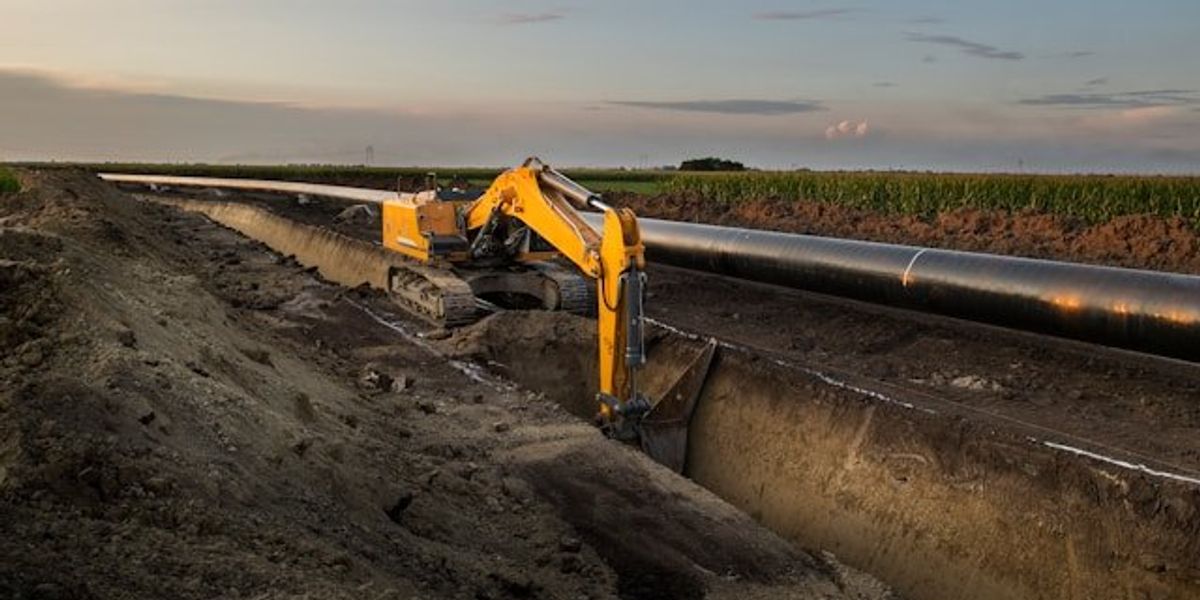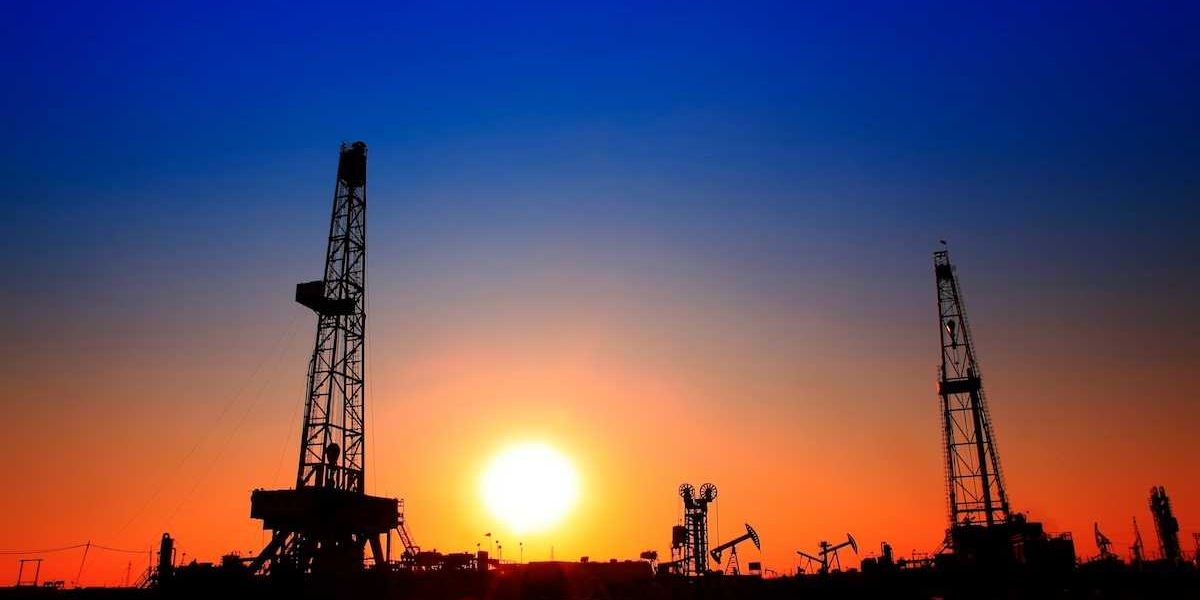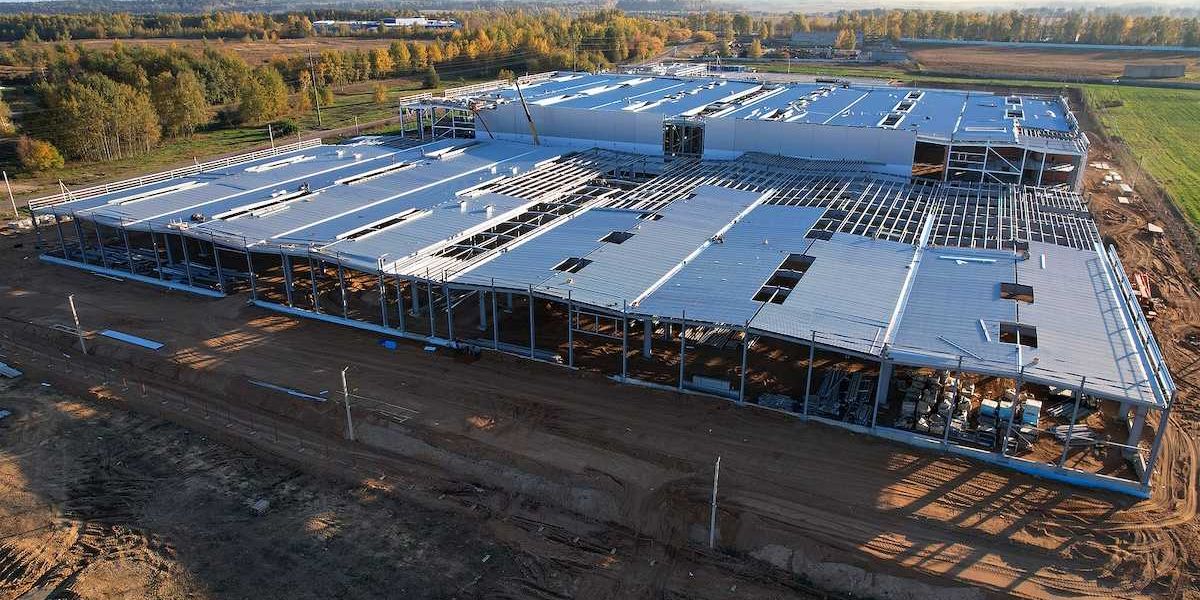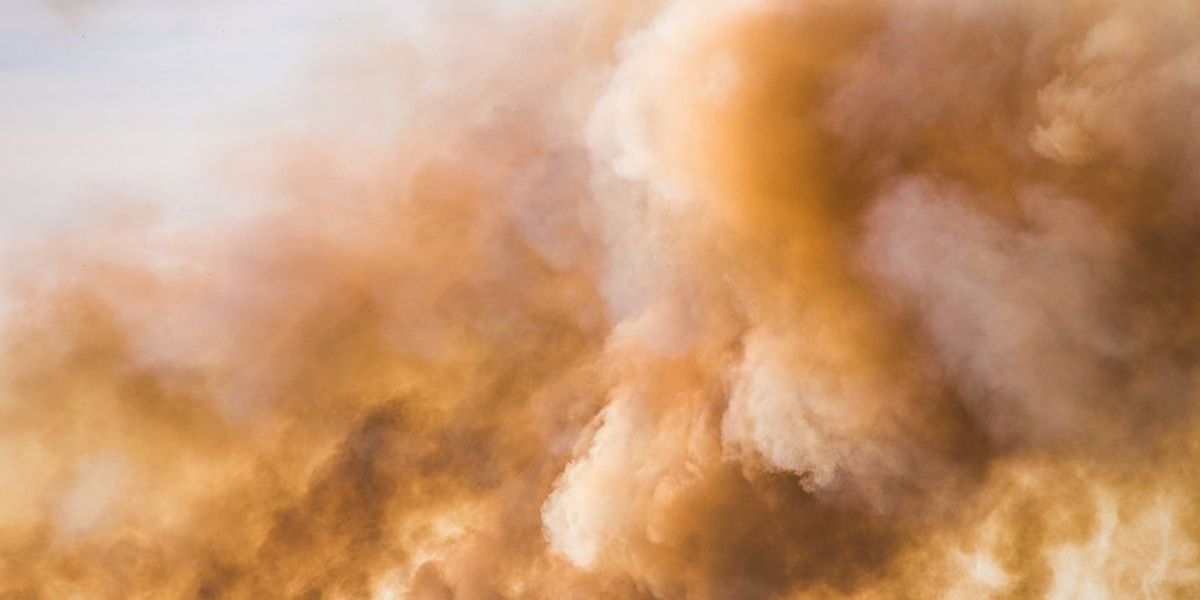
Towering fire-spawned clouds intensify Arizona and Utah megafires’ unpredictable weather
Pyrocumulus and pyrocumulonimbus clouds from two massive Western blazes are whipping up gusts, forcing crews to retreat and communities to lose power.
Hannah Schoenbaum and Susan Montoya Bryan report for The Associated Press.
In short:
- The Dragon Bravo Fire on the Grand Canyon’s North Rim has surged to 164 square miles, leveling the historic lodge complex and closing the rim for the season while remaining only 9% contained.
- Utah’s Monroe Canyon Fire, at 75 square miles and 11% contained, has burned power poles, cut electricity to several towns and prompted evacuations as red-flag winds persist.
- Both fires are spawning towering “fire clouds” whose downdrafts and dry lightning generate erratic winds that repeatedly force firefighters off the lines and signal a longer, hotter burn season ahead.
Key quote:
"You get this towering thunderstorm over the fire, and just like any other thunderstorm it gets really windy underneath it. Because it’s the West, these thunderstorms tend to be very dry."
— Derek Mallia, atmospheric scientist at the University of Utah
Why this matters:
Western wildfires are growing hot enough to manufacture their own weather, a feedback loop that spreads flames faster and farther. Pyrocumulus and pyrocumulonimbus clouds can loft embers miles ahead of the fire front, hurl dry lightning into new fuel beds and drive tornado-strength winds that topple power lines, knock out hospitals and choke valley air with fine particulate smoke. As the region warms and drought deepens, today’s “megafires” threaten not only forests and park landmarks but also respiratory health, grid stability and tourism economies that many rural communities rely on. The smoke they loft high into the jet stream can circle the globe, delivering microscopic pollution to cities thousands of miles away and undermining progress on clean-air goals.
Related: Climate change-linked wildfire smoke blamed for thousands of U.S. deaths and billions in damages

